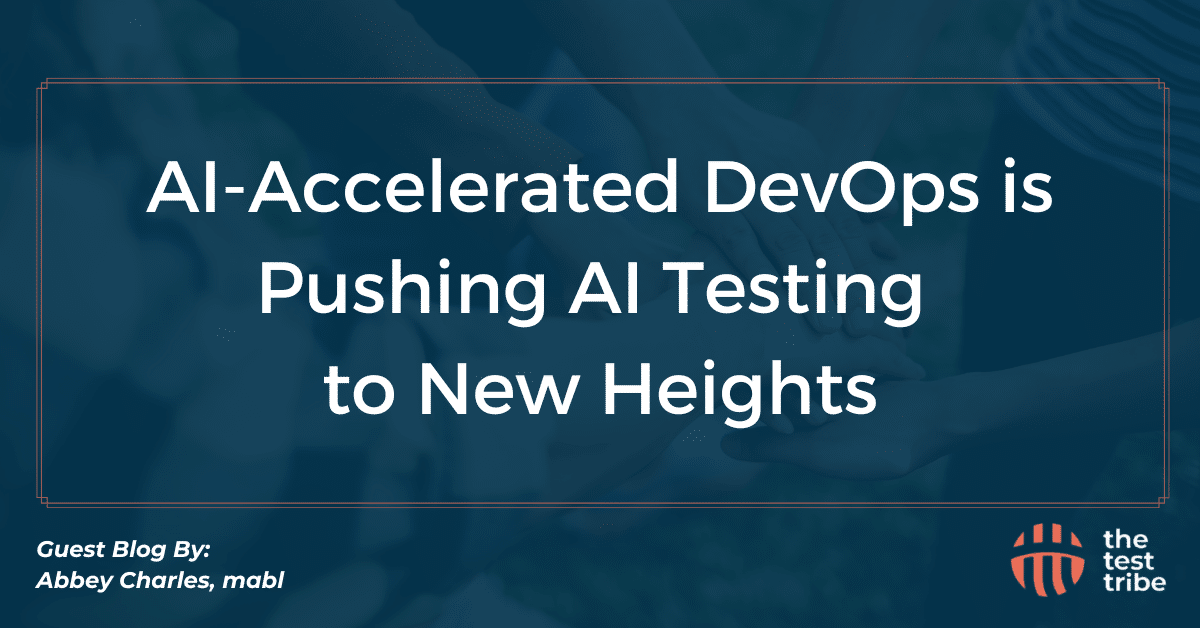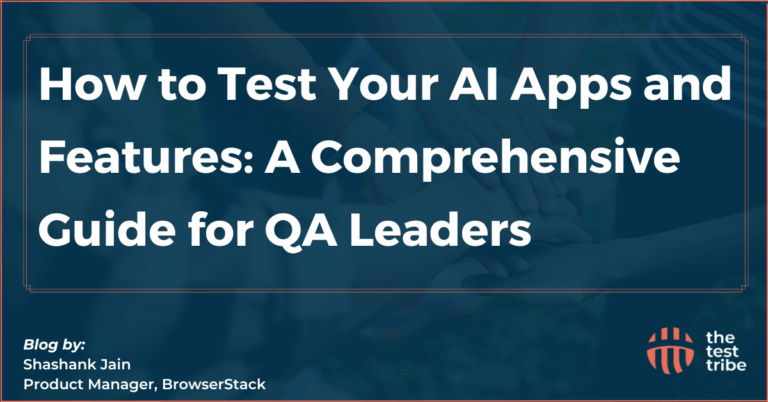Between the relentless pressure to ship new features and updates, and the increasing adoption rates of DevOps, AI’s influence in the future of the testing landscape is palpable, and the focus in the coming years will be applying that to QA teams everywhere. The latest insights from mabl’s 2025 Testing in DevOps Report offer a compelling snapshot of this dynamic, highlighting both the impressive acceleration in release cadence and the persistent headwinds in the crucial pursuit of robust software quality.
Release Velocities are Stressing Quality Systems
In its 6th edition, the report throws a spotlight on the remarkable surge in deployment frequency, with 46% of teams surveyed reporting they are now pushing code to production a staggering 50%+ faster than they were just a year ago. Many teams are attributing this to the increased use of AI in development workflows, which is empowering developers to produce code more efficiently, shortening release timelines. The report highlights the fact that 55% of organizations are already experimenting with AI tools in their development and testing processes. Organizations with a mature DevOps program show an even higher rate of adoption at 70%. AI is more than a tech buzzword these days; it’s shaping the future of building software.

This relentless pursuit of velocity, however, is creating a very real tension with the fundamental need for software quality. The report unearths several key areas where quality assurance is struggling to keep pace with this newfound speed in development. For the second year in a row, it also shows a significant drain on team productivity in the form of test maintenance. A considerable 20% of a team’s time is being swallowed up maintaining existing tests – time that could be better spent on more strategic and proactive testing efforts. This simple fact begs the question: is the need for speed stripping away the foundations that ensure stability in our products?
Is comprehensive test coverage an ambitious yet achievable goal, or is it a pipe dream for those passionate about best practices? The data shows that only 14% of teams have managed to achieve a test coverage level of 80% or higher. Given the low number, it’s inevitable that bugs are going to slip into production, and those bugs directly impact the people we are building the software for. Faster isn’t always better, and this serves as a prime example of that mantra.
This idea is also underscored by the reality that when bugs are released to production, it’s essentially asking customers to become software testers. The report notes a jarring statistic in that one in every three production-level bugs is first flagged by the end-users themselves, not by internal testing teams or developers. And while that may be a significant blind spot in the QA process, there’s a juxtaposition between that and the number of respondents – 80% – say their customers are satisfied with their product. So while users might generally feel good about using the products, it’s hard to determine how much more enjoyable they would be to use if these critical bugs weren’t part of the equation.
Adding another layer of complexity to this already interesting issue is the way tools are being utilized in testing and development. An overwhelming 81% of respondents acknowledge that a unified approach to testing is important, while 82% also reported using two or more testing tools to meet their needs. Spreading the testing out across multiple tools makes it harder to collaborate, introduces inefficiencies due to re-doing work, and ultimately makes it harder to achieve that balance of comprehensive and consistent QA. Acknowledging a problem doesn’t necessarily mean it’s been solved.

AI Investments Will Change the Testing Landscape
Interestingly, AI – the very technology that is accelerating development – is also a not insignificant source of added pressure on testing teams. The report suggests that the rapid code generation capabilities of AI are leading to compressed testing cycles, forcing QA teams to cut corners and compromise thoroughness in an effort to keep pace. It’s a reminder that even the most promising tools can introduce new challenges if the full scope of the software development lifecycle is not considered in that process.
Despite these very real challenges, there is optimism in the growing recognition of AI’s potential to not just push development further, but to also act as a powerful ally in enhancing quality. Organizations are starting to strategically invest in AI-powered testing solutions to directly address the productivity drains and coverage gaps that are currently plaguing them. 38% of companies who are not currently leveraging AI in their testing processes are planning to invest in it in the coming year, while 62% of companies are boosting investment in automation tooling. It’s clear that the understanding of where and why to invest in unified testing is being recognized, with significant investments slated for QA teams.

To navigate this complex landscape effectively, organizations should focus on:
● Investing in Intelligent Automation: Moving beyond basic test automation to explore
AI-powered testing tools that can intelligently identify potential issues, adapt to changing
codebases, and provide deeper insights into software quality. This includes leveraging AI
for test generation, predictive analysis, and intelligent test execution.
● Fostering a Culture of Quality: Shifting the mindset from viewing testing as an
afterthought to embedding quality assurance as a core principle throughout the entire
development lifecycle. This involves empowering developers to own quality, integrating
testing earlier in the process (Shift Left), and fostering seamless collaboration between
development and QA teams.
Furthermore, addressing the challenges highlighted in the report requires a focus on:
● Unifying the Testing Toolchain: Strategically consolidating and integrating disparate
testing tools to create a more streamlined and collaborative environment. This allows for
better visibility into test results, reduces duplication of effort, and ultimately improves the
efficiency and effectiveness of the overall testing process.
● Prioritizing Test Maintenance: Recognize test maintenance as a critical investment
and allocate adequate resources to ensure that test suites remain relevant, reliable, and
effective. This may involve adopting more resilient testing strategies, leveraging
AI-powered test maintenance tools, and fostering a culture of continuous test
improvement.
Ultimately, the findings in the 2025 Testing in DevOps Report underscore the importance of
moving beyond chasing faster and faster release cycles and towards a more holistic strategy
that integrates testing as early as possible and approaches it from a whole-team perspective
across the entire lifecycle. The future of successful software delivery is about balancing the
speed of innovation with the quality that builds a stable and well-loved product.
You can read the report in full on the mabl website at:
https://www.mabl.com/reports/testing-in-devops-2025





